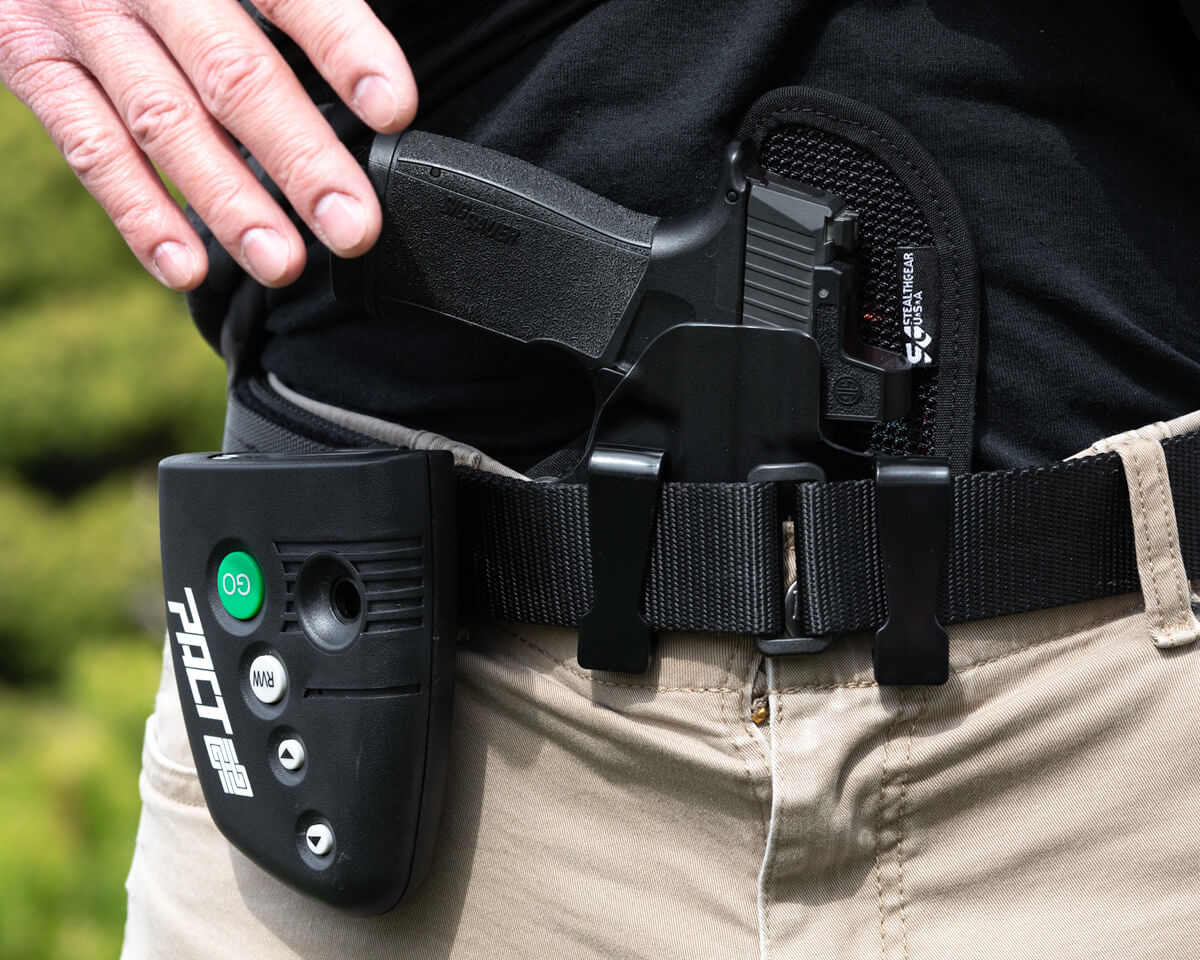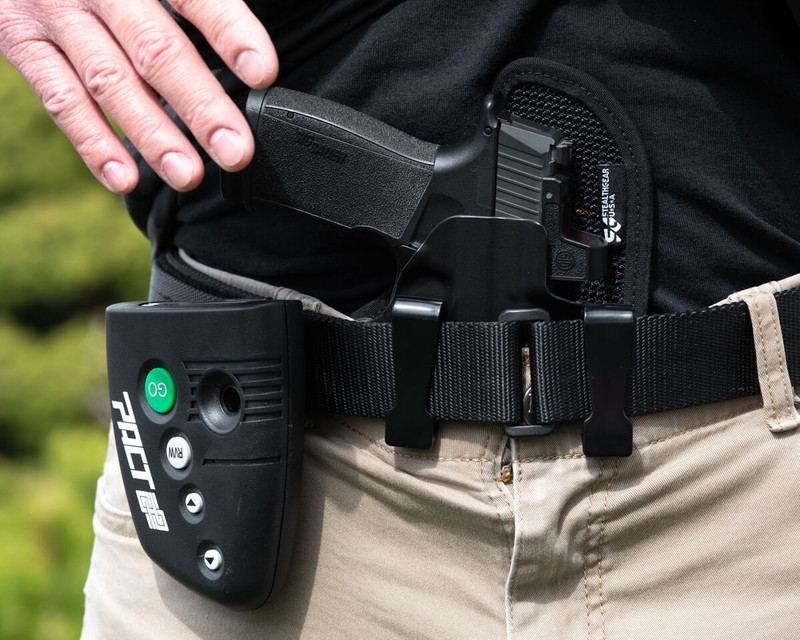Luck—good or bad—is often seen as chance. But when it comes to firearm proficiency, success is rarely about luck. It's about preparation, mindset, and consistent effort. You make your own luck by putting in the work, developing your skill, and cultivating confidence under pressure.
The Right Gear is Only the Beginning
Having the right firearm, for you and your needs, and gear that works with your body type and carry style matters. A well-fitted holster, reliable pistol, magazines, and quality sights are essential. But high-end equipment will not make up for poor fundamentals. The goal is for your gear to feel like an extension of your body—which only comes through training.
Knowing how to draw efficiently, clear malfunctions, reload under stress, and maintain your firearm is critical. Your pistol is only as reliable as the person behind it. Whether it’s a concealed carry setup or a range pistol, success depends on how well you know and use your tools.
Mastery is a Feedback Loop
Firearm proficiency isn’t built overnight. It takes focused, consistent practice. Not just repetitions—but quality reps that reinforce proper technique. That means drilling the basics: stance, grip, sight alignment, trigger press, and follow-through.

Then, pressure-test your skills. Introduce movement, time constraints, and stress. Use shot timers, perform drills with accountability, and track your progress. Real-world conditions don’t give you second chances—so your training should have elements that replicate stress to the extent you can still train safely and constructively. It's extremely important that you don't introduce stress elements that exceed your capacity to train safely. With any discipline, we need to walk before we run.

Embrace the Beginner’s Mindset
Everyone starts somewhere. Don’t let ego or comparison hold you back. The best shooters weren’t born with perfect fundamentals—they built them through reps, failures, and course correction. Being a beginner isn’t a weakness—it’s a phase you must embrace to improve.
Allow yourself to make mistakes. Focus on one area at a time. Celebrate small wins. Mastery comes from persistence, not perfection.
Two Minutes Is Better Than None
No time to train? Make time—even if it’s just two minutes. Dry-fire practice, magazine changes, and presentation drills from concealment can all be done at home, in small windows of time. Short, consistent sessions beat long, inconsistent ones every time.

Work With What You’ve Got
You don’t need thousands of rounds or hours at the range. Use what you have. A solid dry-fire routine, a safe practice area, and a willingness to improve go a long way. Even with limited resources, you can build serious skill—if you're consistent.
Build Confidence Through Commitment
The more effort you invest, the more confident and capable you become. Training regularly builds not just skill—but mental resilience. You become more composed under pressure and more capable of handling real-world scenarios.
This is how proficiency is built. This is how confidence is earned. This is how you make your own luck—with preparation, practice, and the mindset to never stop improving.

